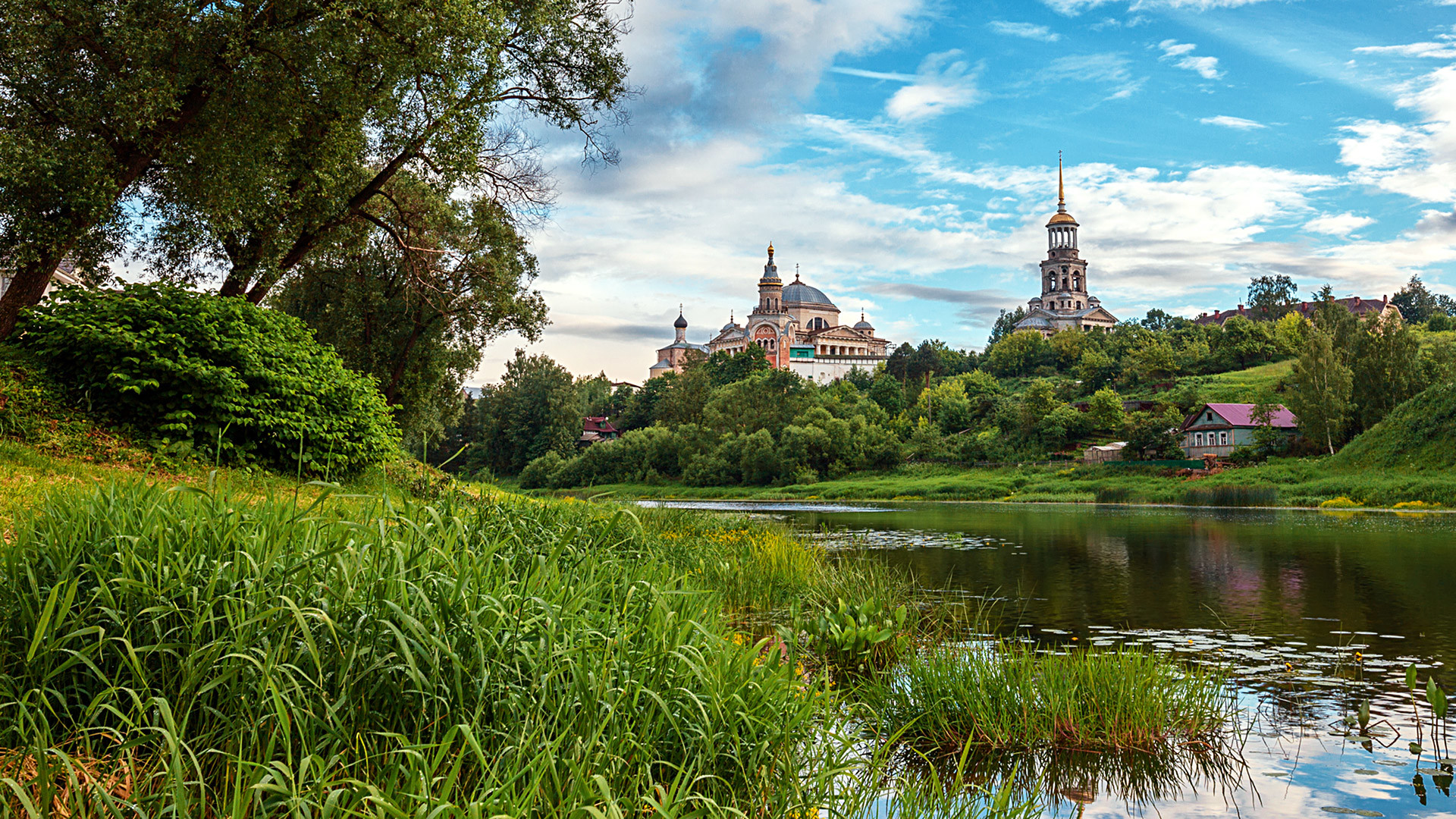
While Torzhok has less than 50,000 inhabitants, it boasts dozens of truly remarkable historical and architectural sites.
The name of this city, which is located on the road from Moscow to St. Petersburg, derives from the Russian word for a trading site (“
In Torzhok’s early period (the city is first mentioned in chronicles in the mid-12th century) it was closely connected to a major medieval center of Russian trade, the city-state of Veliky Novgorod. Along with commercial privileges, its location also brought misfortune because it often was a target of attacks from both Russian and foreign rulers who wanted to gain control of the powerful and wealthy city-state. Fortune, however, smiled upon it again in the early 18th century when, after the foundation of St. Petersburg, the city happened to be on the main route between the old and new capitals
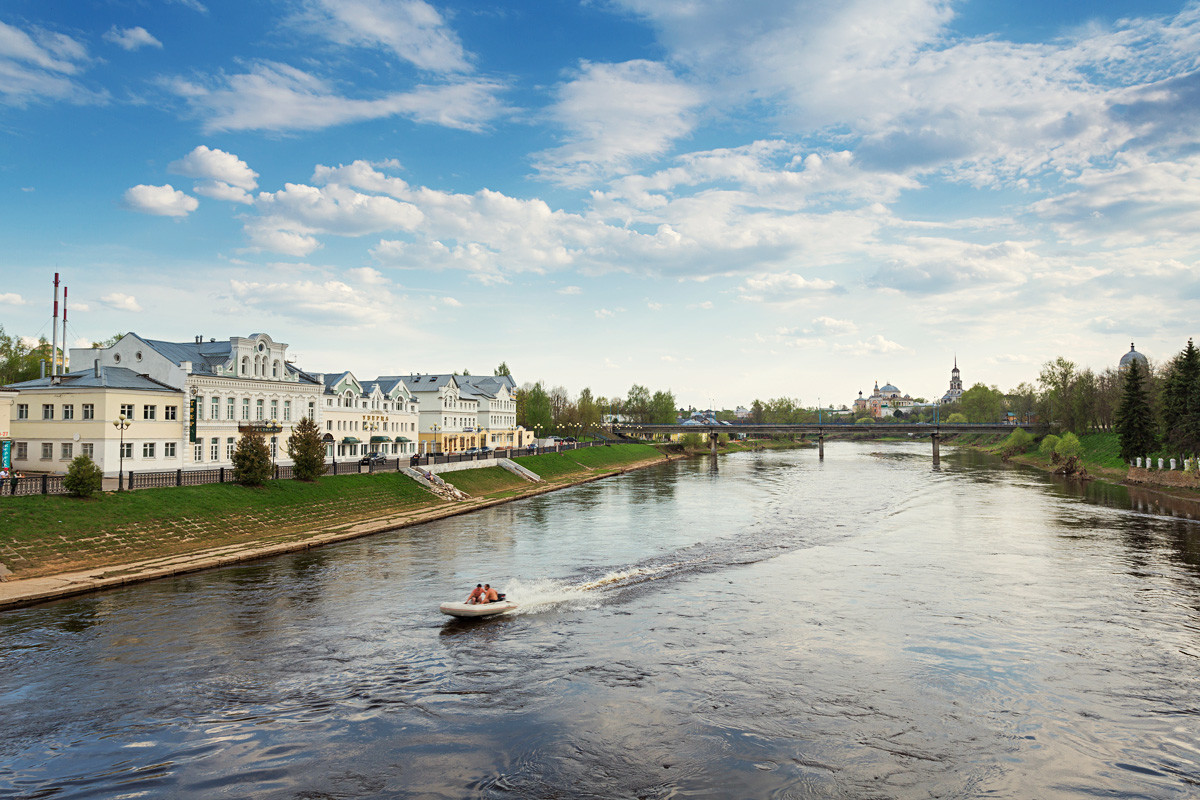
They say that Torzhok - with its picturesque river views, old architecture, and rich history - is Russia in miniature.
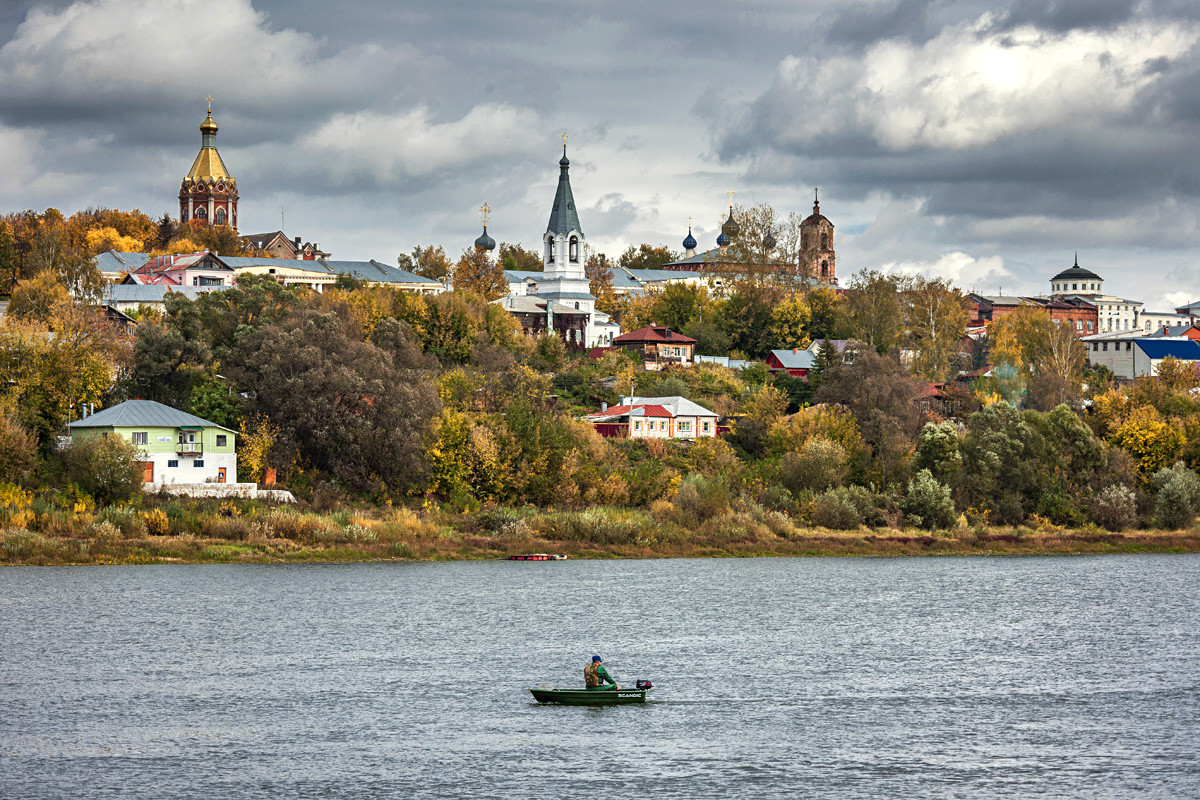
In the Russian heartland, in the Ryazan Region (only 200 km to the southeast of Moscow) you can find a place where an Islamic people have lived and ruled for centuries. Kasimov is a small town on the bank of the Oka River.
There are all the features of a usual Russian provincial town: A market square in the center, Orthodox churches of different centuries, old merchant residences and shops. But there is more. The Khan’s Mosque, with its 15th-century minaret, and the two
For 200 years the area was called the Qasim Khanate. Its history dates to the mid-15th century when it was formed on the lands of the principality of Moscow. According to historians, the Moscow prince was either forced to give this territory to Qasim
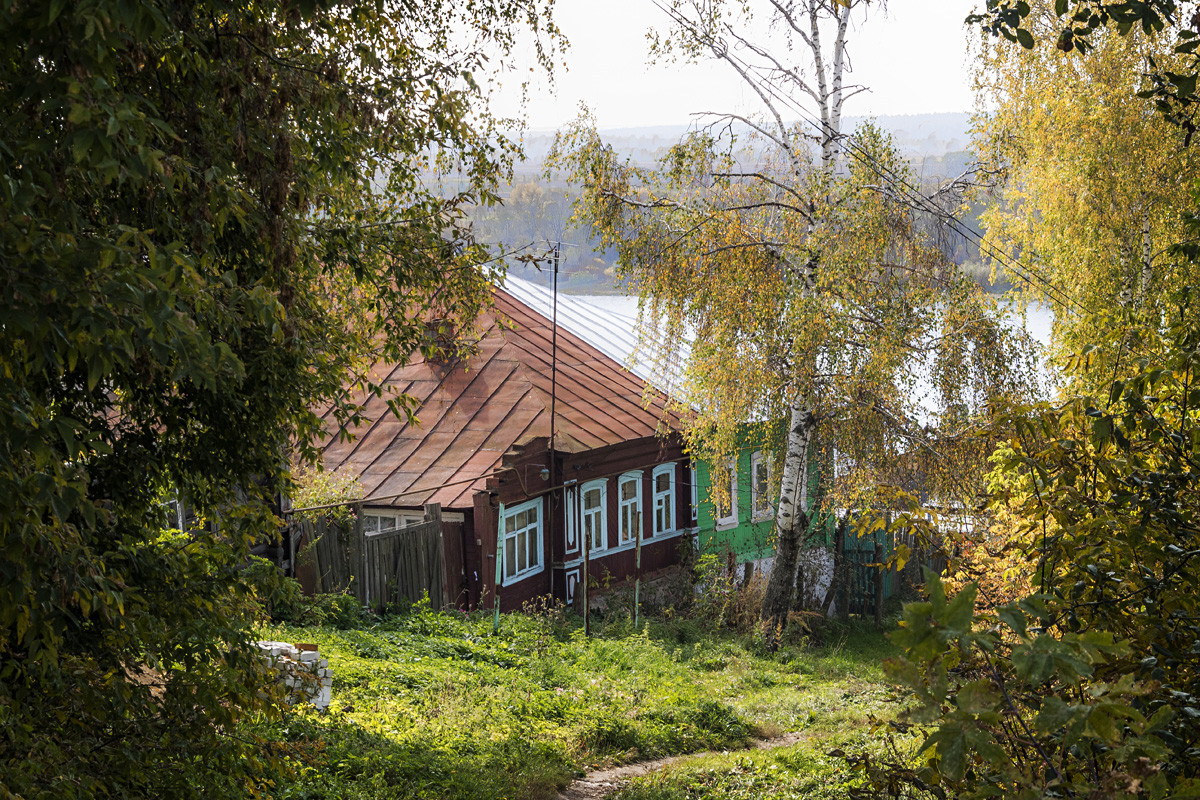
Besides historical monuments from the time of the Khanate, there is also a number of beautiful 17th-century Russian Orthodox churches, as well as the breathtaking Oka River scenery.

This town with 15,000 residents is located some 300 km to the east of
The town is indeed a beautiful place, with a remarkable landscape due to the huge Puzhalova
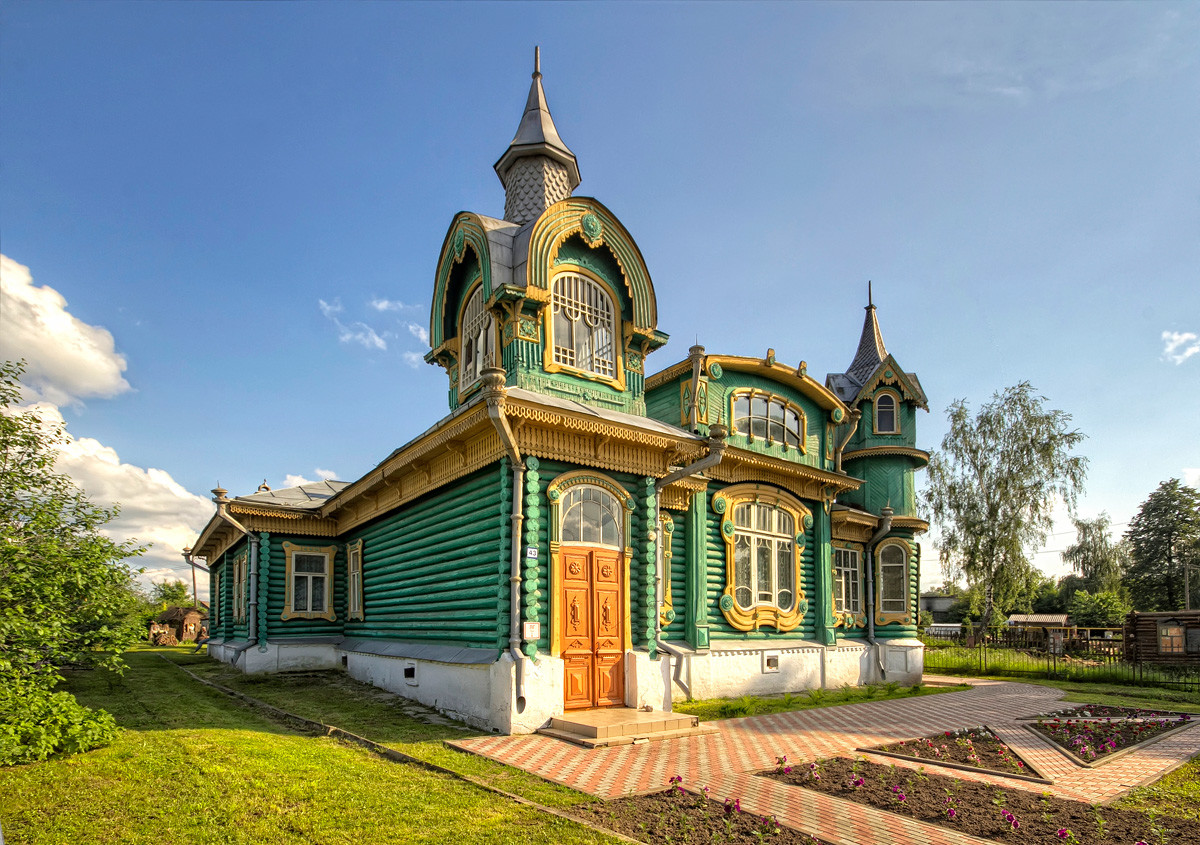
The town center has many architectural monuments: Two Orthodox churches, and three beautiful monasteries. There is also a number of merchant houses of the 17th and 18th centuries. Such a large number of buildings can only be seen in Moscow and Pskov. The town also has wooden houses built in the Art Nouveau style that are absolutely stunning. Calling Gorokhovets a “pearl” is certainly not an exaggeration.
If using any of Russia Beyond's content, partly or in full, always provide an active hyperlink to the original material.
Subscribe
to our newsletter!
Get the week's best stories straight to your inbox